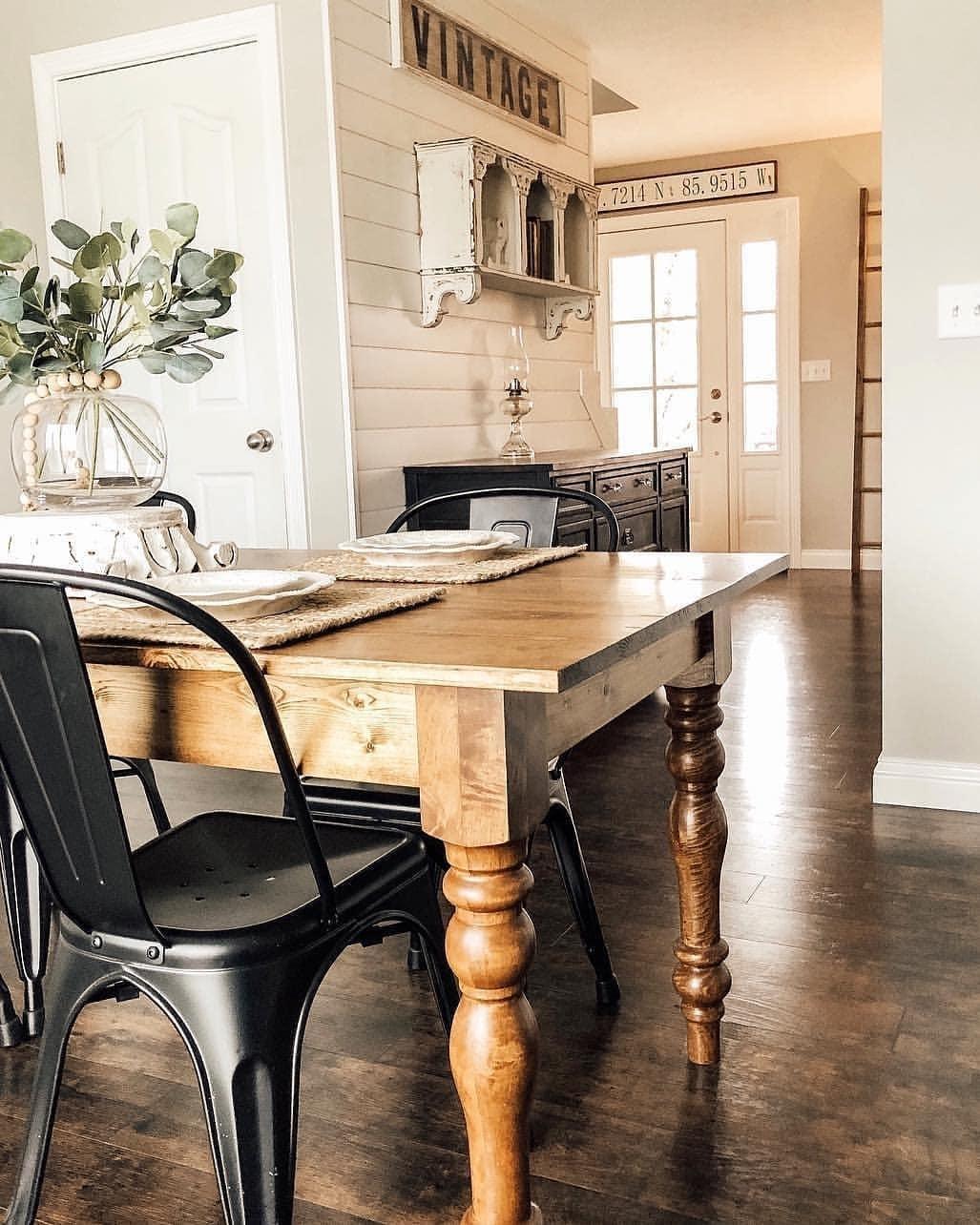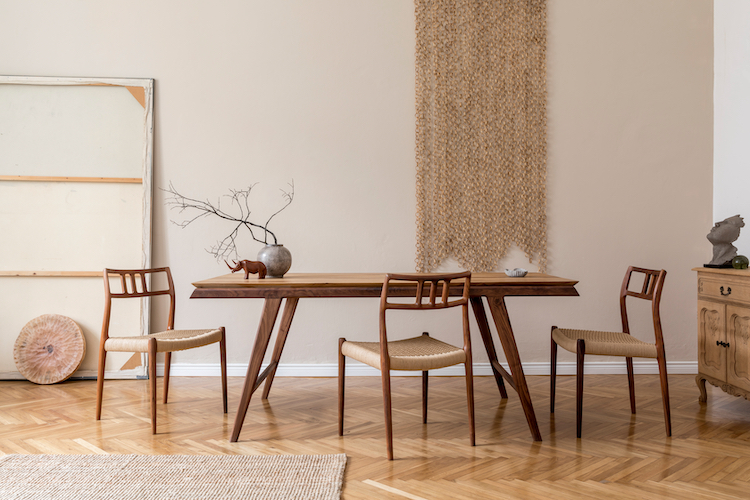Why Dining Room Table Legs Are Crucial for Your Table’s Stability
Why Dining Room Table Legs Are Crucial for Your Table’s Stability
Blog Article
Just How to Pick the Perfect Dining-room Table Legs for Your Home Decoration
Choosing the excellent dining room table legs is a nuanced process that needs careful consideration of different aspects, including your room restraints, visual preferences, and sensible demands. The interaction between dimensions, styles, and materials can considerably affect the ambiance of your eating location, making it important to approach this decision systematically. As you contemplate the myriad choices offered, it ends up being clear that the best option expands past plain look; it can improve your overall dining experience. What variables should you focus on to guarantee your choice complements your home's unique character?
Assess Your Dining Room
Evaluating your eating area is important for selecting the right table legs that match both aesthetic appeals and functionality. Begin by determining the dimensions of your eating area, consisting of ceiling height, flooring room, and distance to various other furniture. This details will aid identify the ideal size and elevation of your dining table, which straight influences the option of table legs.
Next, take into consideration the style and design of your eating room. An open-concept layout may profit from table legs that use aesthetic lightness, such as slender metal or acrylic choices. Alternatively, a much more traditional setting may ask for tough wooden legs that supply a sense of permanence.
Assess the existing color combination and products in your eating location. Harmonizing the table legs with these elements produces a cohesive appearance that improves the total decor. Furthermore, think of the capability called for in your room. If you frequently host large gatherings, consider legs that provide extra support and security.
Inevitably, a detailed assessment of your dining space will guide you in making an informed choice, making certain that your table legs not just improve the visual allure yet also offer sensible functions.
Consider Your Style Preferences
When picking eating area table legs, it is vital to review your individual style choices, as they dramatically influence the general aesthetic of your eating area. Your choice of table legs can either enhance or contrast with existing décor, making it important to align them with your recommended interior decoration theme.
If your home leans towards a modern aesthetic, take into consideration smooth steel or minimal wooden legs that supply a tidy, uncluttered appearance. For a more typical technique, ornate wooden legs with detailed carvings can include a touch of beauty and refinement. Industrial styles take advantage of durable, raw materials such as redeemed wood and steel combinations, showing a rugged appeal.
Furthermore, farmhouse and rustic designs typically prefer durable, beefy legs that evoke a sense of warmth and convenience. Conversely, if your design is eclectic, you may pick unconventional shapes or a mix of products to develop visual rate of interest.

Evaluate Product Options
The choice of material for dining space table legs plays an essential duty in both resilience and aesthetic allure. Common materials include wood, metal, and composite options, each offering distinct qualities that can affect the general appearance and longevity of your table.
Wood is a traditional choice, recognized for its warmth and versatility. Woods like oak and walnut provide exceptional strength and can be finished in various discolorations to match any type of decor. Softwoods like pine are extra vulnerable to damages and scratches, making them much less excellent for high-traffic areas.
Metal legs, commonly crafted from steel or light weight aluminum, exhibit modernity and industrial beauty. They are immune and very long lasting to put on, making them appropriate for households with children or constant celebrations (dining room table legs). Furthermore, steel can be completed in numerous shades, boosting the personalization opportunities
Composite materials, such as MDF or laminate, deal cost and varied designs. While usually much less durable than strong timber or metal, they can still offer an elegant appearance and are frequently easy to maintain.
Inevitably, the material you select need to align with your way of life, aesthetic preferences, and the degree of usage your eating table will experience.
Determine Elevation and Dimension
Choosing the suitable elevation and size for your dining-room table is necessary for both performance and comfort. The basic elevation for dining tables usually varies from 28 to 30 inches, permitting adequate legroom for the majority of individuals when seated. It is important to take into consideration the measurements of your dining area and the kinds of chairs you plan to use.

Furthermore, take into consideration the proportions of your dining space. A larger table in a roomy location can develop a grand ambiance, while a smaller sized table functions well in even more intimate setups. Inevitably, the appropriate elevation and here are the findings size will harmonize with your overall decor and enhance the dining experience for you and your visitors.
Explore Modification Opportunities

In addition, the layout of the legs can be personalized to fit various designs, such as rustic, contemporary, or industrial. Conical legs can stimulate a mid-century contemporary feeling, while chunky, block-style legs might resonate with typical or farmhouse design.
Homeowners can likewise explore color coatings, from natural timber stains to repaint, enabling them to match or contrast with the table top and surrounding style.
Additionally, leg height can be adapted to fit particular seating plans or individual choices, boosting both convenience and performance.
Last but not least, special embellishments, such as carvings or attractive brackets, can additionally individualize the table legs, making the dining experience not just a declaration but a meal piece in the home. By taking into consideration these modification options, property owners can develop a dining area table that truly shows their originality.
Final Thought
Picking the optimal dining room table legs needs mindful consideration of various elements, including the measurements of the dining space, style preferences, material durability, and preferred elevation. Customization options additionally boost the capability to accomplish a natural visual that enhances the overall style. By methodically reviewing these components, property owners can ensure that the chosen table legs not only fulfill practical demands yet additionally add favorably to the dining click this link experience and atmosphere of the home.
Choosing the suitable eating area table legs is a nuanced procedure that requires careful consideration of different elements, including your room restraints, aesthetic preferences, and useful needs.Evaluating your dining room is crucial for picking the right table legs that enhance both aesthetics and functionality.When figuring out size, measure the location where the table will certainly be positioned to guarantee it fits easily, enabling for at least 36 inches of clearance around the table for very easy movement. A bigger table in a roomy area can produce a grand setting, while a smaller sized table works well in even more intimate setups.Selecting the perfect eating area table legs needs cautious consideration of numerous aspects, including the measurements of the dining room, style choices, product resilience, and desired elevation.
Report this page